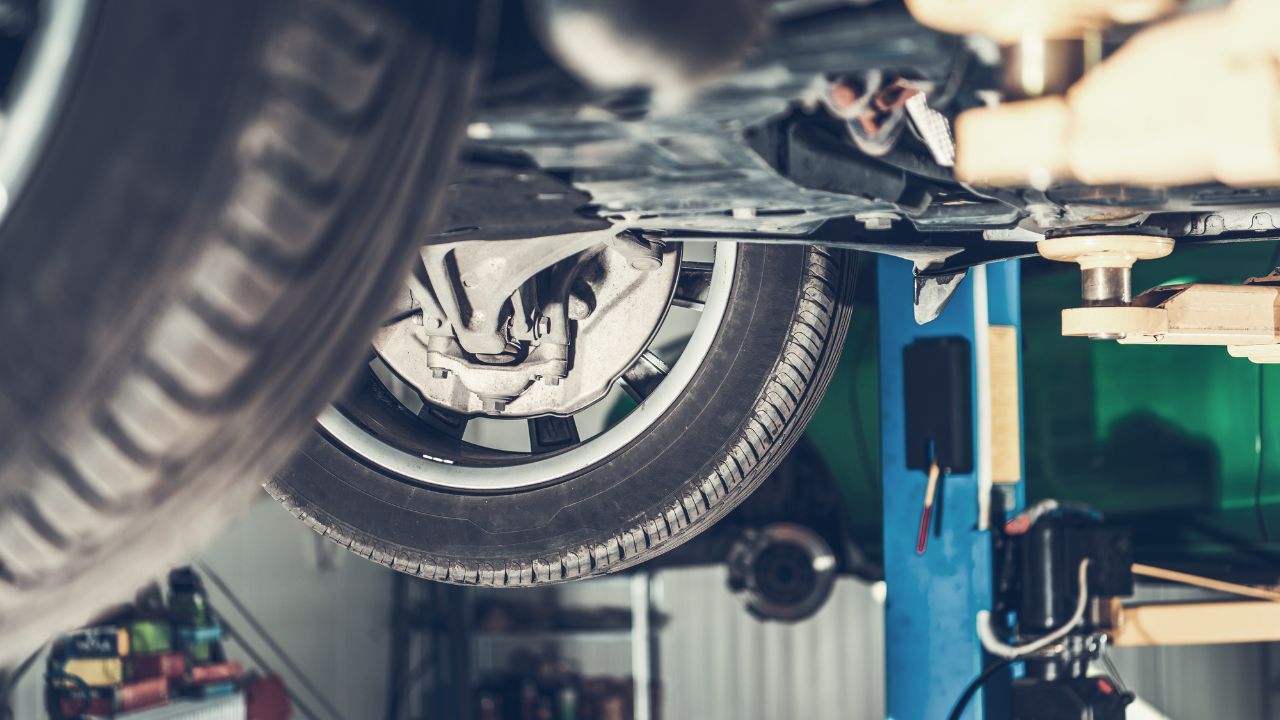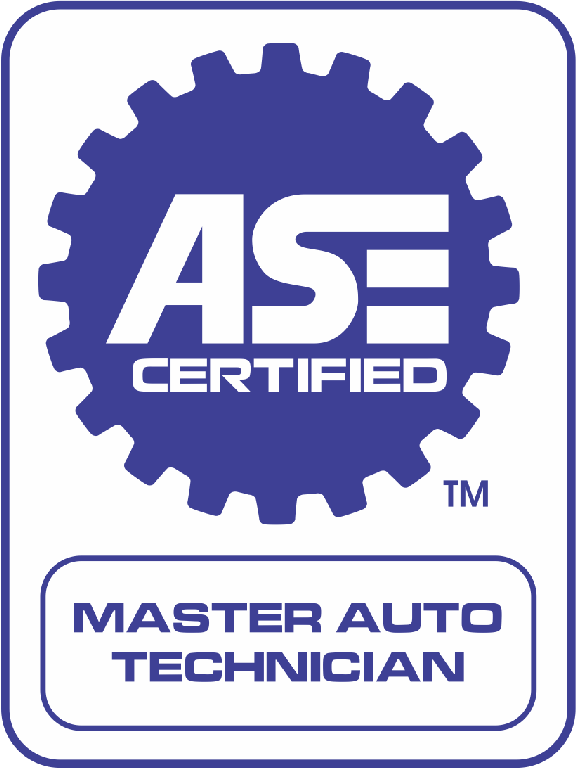
The answer to the question "Does the check engine light have to be on to get codes?" Depends on the issue. To pull codes, the check engine lamp is sufficient to identify non-emissions problems, such low oil pressure. If your engine is having problems, you don’t need to have the CEL lit in order to pull codes.
To pull codes for non-emissions problems, a lit check engine lamp is not required
OBD codes are not able to diagnose all problems. These diagnostic codes are a general indicator of the problem that's causing the Check Engine Light to come on. These codes contain a variety of numbers and letters that indicate problems with the vehicle’s emissions system. Some codes are single digits, like "0300," while others are pairs of numbers from 00 to 99.

The good news? You can check these codes easily yourself. The majority of vehicle models come with an onboard computer that stores fault code information. You can read and interpret these codes using either a Bluetooth-powered phone or an app. This information can help you save time and money. You can ask your mechanic or local auto parts shop for clarification if you are unsure what these codes mean.
Low oil pressure
Low oil pressure check engine lights will be illuminated while your vehicle's in motion. You may hear a clicking sound if your oil pressure is below 5 or 10 PSI while the vehicle is in motion. This indicates a problem with your oil pressure sensor. Continuing to drive your vehicle with low oil pressure can result in costly engine damage. When your vehicle's engine oil pressure reaches dangerously low levels, you should stop driving it and take it to the mechanic.
Check the oil level to find out what is causing the engine to display the error code. If the oil does not look dirty, you should check the oil level. Additionally, you can check the maintenance history of your vehicle to determine whether it's a problem or not. To confirm the proper oil pressure in your motor, you can also access your oil pressure gauge. Also, make sure to inspect the wiring and connectors.
Misfiring engine
A misfiring engine code means your car is having problems with the combustion process. The misfire may be causing your car to jerk when you drive it. It could be caused by a malfunction in the oxygen sensor or the mass airflow sensor. Another cause could be a malfunctioning fuel delivery system. This problem can be easily diagnosed with a simple tool. The diagnostic trouble code reader will help you pinpoint the exact problem.

The misfiring problem is often triggered by the incorrect air/fuel mixture. A malfunctioning oxygen sensor or inefficient single injector can cause misfiring. To determine the exact cause of a misfire, a thorough inspection of the engine compartment is necessary. Minor backfires, inconsistant engine revs, unusual sounds from the engine bay are some common symptoms.
FAQ
How long does an automotive course take?
An automotive course lasts for three years.
The first year is dedicated to theory and learning about cars. The second year is dedicated towards practical training. This includes learning how to drive, fix engine problems, and doing other maintenance jobs around your car. The final year is spent doing a placement at a local garage, which gives you experience in fixing real-world problems.
How long does a good mechanic take?
Expert mechanics take years of practice and extensive experience. Working under the guidance of a professional mechanic is the best way to learn how repair cars.
You will need to spend some time in a garage to learn as much about cars and mechanics as possible. It is important to get familiar with the mechanics of cars and engineering.
Furthermore, you'll need to enroll in auto school.
The most important thing is to start early. To learn about automotive technology, don't wait to be older. You can get certified as a mechanic by getting started right away!
What is the length of an apprenticeship as an automotive mechanic?
A three-year apprenticeship in automotive mechanics takes. This includes two years in school and two as an apprentice. The first year is dedicated to learning the theory and practical skills of the trade. You'll also learn how tools can be used safely and efficiently during this year. After you have completed the first year of training, you will be able to spend an additional year on-the job learning different trades. These periods will also give you the chance to take formal courses.
The final year of this program is spent in obtaining qualifications and becoming certified in your field. These include NVQs (National Vocational Qualifications), which are awarded after passing exams covering specific topics within the industry. There are also HNCs (Higher National Certificates), which cover general subjects like management, business administration, customer service, and more. City & Guilds certificates may be available for those who are interested in becoming qualified in specific trades.
Is it hard to be an apprentice mechanic?
It's not easy, however, it is very rewarding and offers many opportunities for growth.
You must be patient and persistent. You will also need to be able fix cars, trucks and motorcycles.
There is a lot of pressure from customers and family members who want you to succeed. But, you shouldn’t be pressured to make any decisions you aren’t happy with.
It could be a great job choice if you love fixing cars. It's a job where you can earn a decent salary and build up your business.
But you may prefer another path. This is where you might be interested in becoming a technician.
This requires you to use your technical expertise in support of other workers. Technicians could benefit from your technical expertise to solve problems or teach new techniques.
Another option is to become a service advisor. Here, you'll provide advice and assistance to customers when they bring their cars to a garage.
Your choice is based on what you choose to do. There are many options to choose from, and it is up to you which one suits you the best.
Statistics
- According to the BLS, total auto technician employment is expected to exceed 705,000 by 2030. (uti.edu)
- The U.S. Bureau of Labor Statistics (BLS) reports that the job outlook for automotive service technicians and mechanics is expected to decline by 4% from 2019 to 2029. (indeed.com)
- 52% of Mechanics in the United States think their salaries are enough for the cost of living in their area. (indeed.com)
External Links
How To
How to get a mechanic certification
The mechanic's certifications can be used by people who wish to become professional automotive technicians. These certifications provide an overview of all aspects of auto repair including engine diagnostics and electrical systems, brakes. steering. fuel injection. air conditioning. heating. exhaust. diagnostic tools. body repairs. collision damage repair. collision repair. paintless dent removal. motor vehicle emissions testing.
The program consists of 12 hours of classroom instruction and three months of on-the-job training at a participating dealership. Students must complete a minimum of 60 clock hours of classroom study per semester and pass a written exam, including theory and practical questions. The National Institute for Automotive Service Excellence will administer the state exam to students who have completed the coursework. To become an automotive service technician, you will need to be certified by ASE.